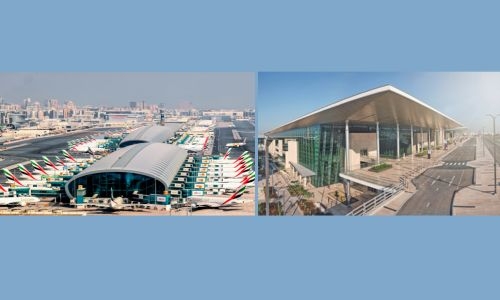The Gulf region, with its resource-rich countries and strategic geographical position, is ramping up its presence in the aviation industry. With major airports emerging and an influx of aircraft orders, the region is set to see significant growth in the coming years. The International Air Transport Association predicts that Middle East passenger traffic will double in the next two decades, reaching 530 million passengers by 2043. This growth is mirrored globally, showcasing the region’s potential in the aviation sector.
Dubai, home to the world’s busiest airport by international traffic, is already working on an even larger airport that has the capacity to handle up to 260 million passengers annually. Abu Dhabi and Qatar are also expanding their airports, while Saudi Arabia is investing in new air hubs and airlines to capitalize on its oil wealth and emerging aviation market. The Gulf region’s unique “hub-and-spoke” model, exemplified by state-owned carrier Emirates, connects a wide range of long-haul destinations through strategic flight connections in Dubai.
The Gulf’s strategic location allows it to serve as a hub for global air traffic, with easy access to major markets in South Asia, such as India and Indonesia. This proximity positions the region to capture growing passenger traffic from these markets, as well as facilitate travel between Asia, Europe, and the Middle East. Aviation experts predict a significant increase in traffic between the Middle East and Asia in the coming years, presenting lucrative opportunities for airlines and airports in the region.
With a strong focus on building brand reputation and customer loyalty, Gulf airlines like Emirates, Qatar Airways, and Etihad have secured a competitive edge in the market. These airlines have cultivated close relationships with Asian and Indian clients over the years, positioning themselves as preferred carriers for passengers traveling to and from the region. Additionally, these airlines are expanding their reach into African markets, tapping into the continent’s growing aviation industry to further solidify their market presence.
As the Gulf region continues to invest in expanding airport infrastructure and building strong airline brands, industry experts foresee sustained growth in the aviation sector for decades to come. The strategic location of the region, coupled with its close ties to key markets in Asia and Africa, positions it as a key player in the global aviation industry. With a calculated business plan for airport expansion and new developments in the pipeline, the Gulf is poised to capitalize on the forecasted boom in air travel demand in the years ahead.











